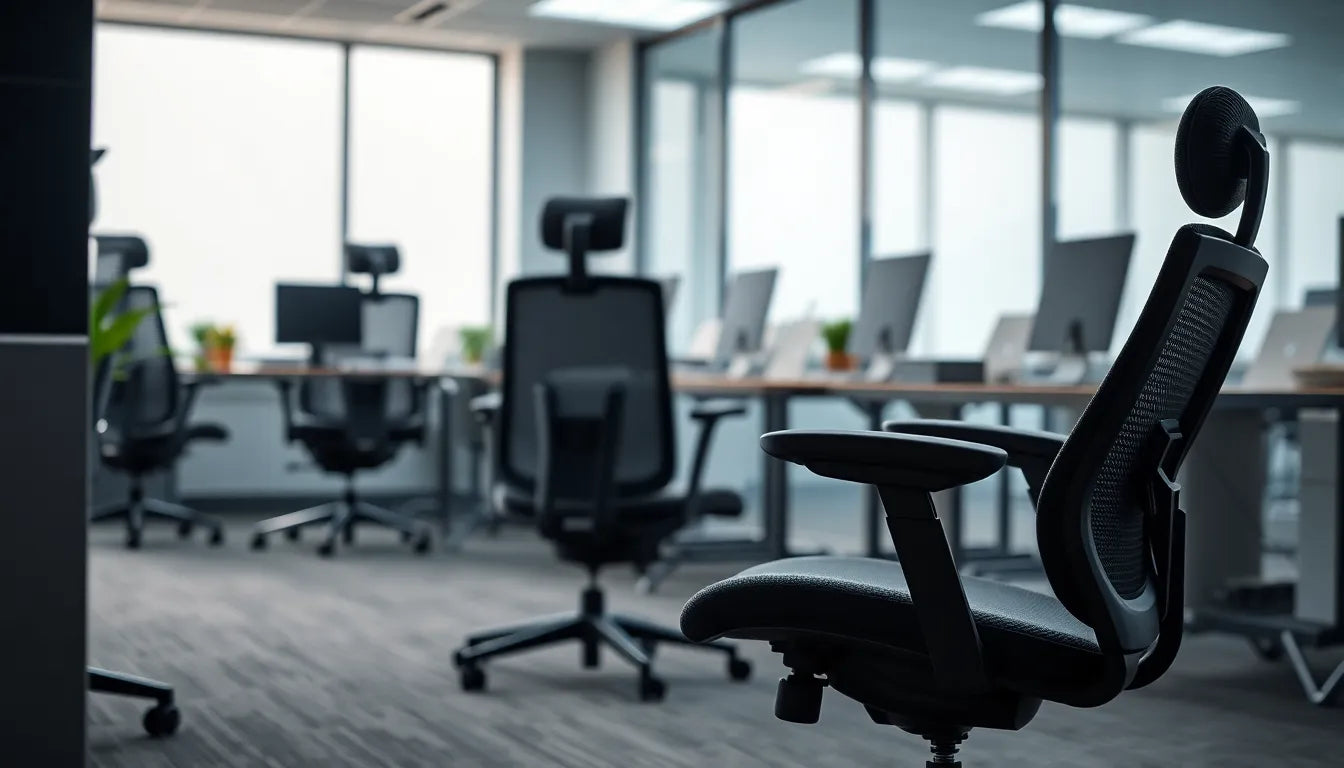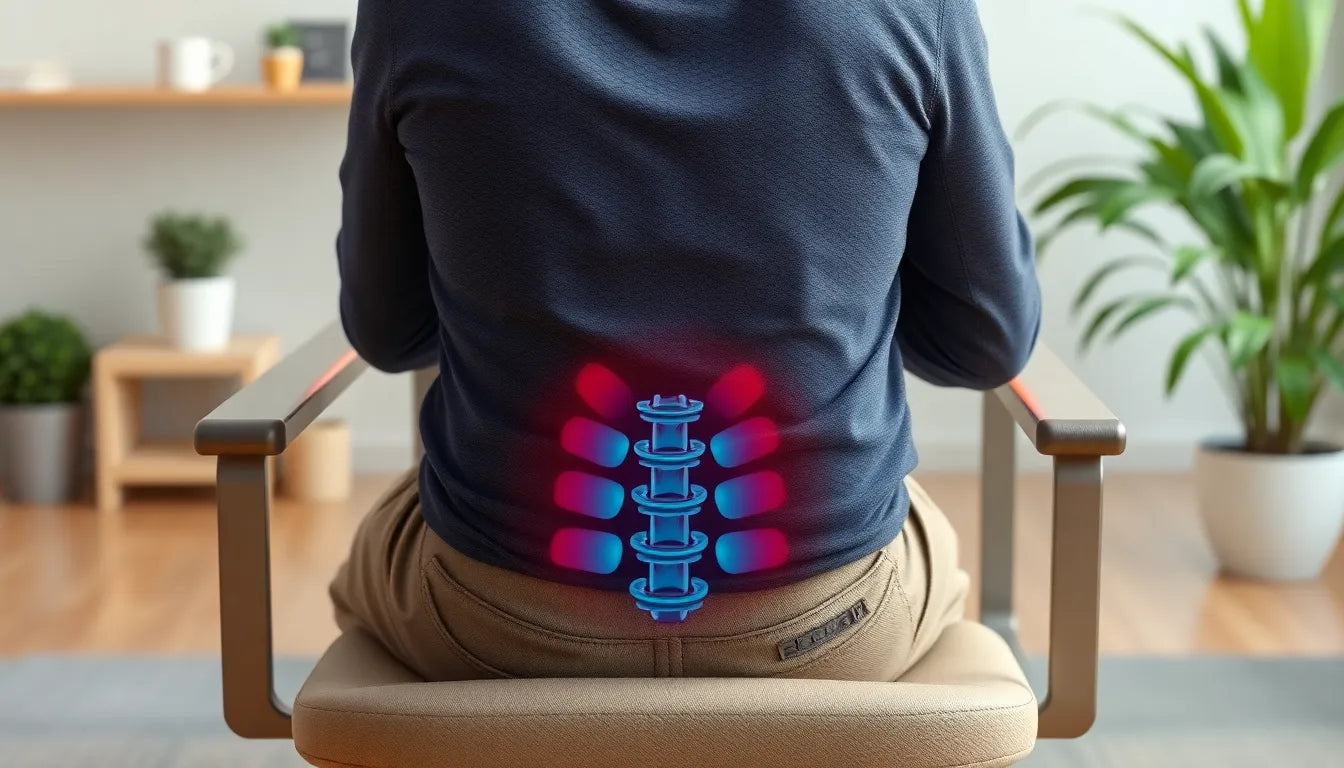Understanding the intricacies of rehabilitation after a herniated disc is crucial for anyone experiencing this common spinal issue. A herniated disc occurs when the soft inner gel of a spinal disc leaks out through a tear in the outer layer, often leading to significant pain and discomfort. Common causes include sudden injuries, age-related wear and tear, and lifestyle factors such as poor posture and lack of exercise. This condition is more prevalent than one might think, affecting a significant portion of the adult population and often leading to mobility challenges that can disrupt daily life.
the importance of rehabilitation
Rehabilitation plays a vital role in the recovery process for those suffering from a herniated disc. It is essential not only for alleviating pain but also for restoring function and preventing future issues. Most herniated discs respond well to non-surgical interventions, with physical therapy being a cornerstone of effective treatment. Through targeted exercises and therapeutic techniques, physical therapy helps to strengthen the muscles supporting the spine, reduce inflammation, and improve overall mobility.
Incorporating rehabilitation into the recovery plan is critical for long-term health. It helps patients manage pain without relying solely on medication and reduces the likelihood of recurrence. By addressing the underlying causes and strengthening the body's support structures, rehabilitation can significantly enhance the quality of life.
setting the stage for recovery
Embarking on the rehabilitation journey for a herniated disc is about more than just alleviating immediate pain; it's about reclaiming one's life and regaining full function. The process is designed to gradually restore mobility and strength, allowing individuals to return to their daily activities with confidence. As you progress through rehabilitation, the focus will shift from managing symptoms to enhancing overall physical health and preventing future issues.
In the coming sections, we will delve deeper into the specific approaches and techniques that form the foundation of effective rehabilitation for herniated discs. From therapeutic exercises to advanced physical therapy methods, understanding these strategies will empower you to take an active role in your recovery. The ultimate goal is to not only recover but to thrive, with improved strength, flexibility, and a renewed sense of well-being.
physical therapy approaches for herniated disc rehabilitation
Effective rehabilitation after a herniated disc often hinges on a multifaceted approach, with physical therapy being a pivotal component. Among the various strategies, therapeutic exercises are fundamental. These exercises are designed to strengthen the core muscles, which play a critical role in supporting the spine and reducing the strain on the affected disc. By enhancing core stability, patients can improve their posture and alleviate pressure on the spine, thereby reducing pain and preventing further injury.
Aquatic therapy is another invaluable tool in the rehabilitation toolkit. By taking advantage of water's natural buoyancy, patients can perform exercises without the usual impact on their joints and spine. This environment allows for pain-free movement, enabling individuals to strengthen their muscles and improve flexibility without exacerbating their symptoms. Aquatic therapy is particularly beneficial for those who experience significant pain during weight-bearing activities.
Another key aspect of physical therapy is manual therapy, which involves hands-on techniques administered by trained therapists. These techniques aim to relieve pain, enhance mobility, and improve the function of the spine. Manual therapy can include joint mobilization and soft tissue massage, both of which are tailored to the specific needs of the patient.
For some individuals, spinal decompression may be recommended. This technique involves gently stretching the spine to create space between the vertebrae, potentially allowing the herniated disc material to retract. Spinal decompression can help relieve pressure on the nerves and reduce pain.
Lastly, traction techniques are often employed in the rehabilitation process. These can include manual traction, where a therapist applies a gentle pulling force to the spine, or mechanical traction, using specialized equipment to achieve similar results. Cervical collars may also be used to provide support and relief in certain cases.
understanding the recovery timeline
The journey to recovery from a herniated disc is typically divided into several phases, each with its own focus and goals. In the immediate phase (1-2 weeks), the primary objective is to manage peak inflammation and pain. During this time, rest and medication are often recommended to help alleviate discomfort and allow the body to begin the healing process.
As the condition progresses into the subacute phase (2-6 weeks), the focus shifts towards introducing physical therapy. With pain levels decreasing, patients can begin engaging in therapeutic exercises and other interventions aimed at restoring mobility and function.
The rehabilitation phase (6 weeks to 6 months) marks a period of intensified therapy. During this time, patients work closely with their therapists to build strength, improve flexibility, and regain full function. The goal is to prepare individuals to return to their daily activities with confidence and without pain.
For some, the journey may extend into the chronic phase (6+ months), particularly if pain persists. At this stage, further evaluation may be necessary to determine if additional treatments are required. This could include exploring advanced therapies or considering surgical options if conservative measures have been exhausted.
treatment options beyond physical therapy
While physical therapy is a cornerstone of herniated disc rehabilitation, other treatment options can complement the recovery process. Medication, such as non-steroidal anti-inflammatory drugs (NSAIDs), is often used to reduce inflammation and manage pain during the early stages of recovery.
For individuals experiencing severe pain, epidural steroid injections may be considered. These injections deliver anti-inflammatory medication directly to the affected area, providing significant pain relief in many cases. Success rates for epidural steroid injections range from 76% to 88%, making them a viable option for those who do not respond to other treatments.
Selective nerve root blocks (SNRBs) are another option, offering pain relief for up to a year in some patients. These injections target specific nerves, reducing inflammation and alleviating pain.
In cases where conservative treatments fail to provide relief, surgical interventions might be necessary. Minimally invasive procedures, such as endoscopic foraminoplasty, offer a less invasive alternative to traditional surgery, with the goal of relieving pressure on the spinal nerves and improving function.
Home management strategies for herniated disc recovery
Managing a herniated disc at home involves adopting lifestyle modifications that support recovery and prevent further injury. One of the most crucial aspects is avoiding excessive bed rest. While rest is important, prolonged inactivity can lead to muscle stiffness and weakness, exacerbating the condition. Instead, engage in gentle exercises that promote mobility and strength without putting undue stress on the spine.
Heat or cold therapy can be effective in managing pain and inflammation. Applying heat helps relax tight muscles and improve blood circulation, while cold packs can reduce swelling and numb sharp pain. Alternating between the two, based on your symptoms, can provide significant relief.
Incorporating stretching exercises into your daily routine is also beneficial. Focus on stretches that target the neck, back, and hamstrings to improve flexibility and reduce tension in the muscles surrounding the spine. These stretches should be performed gently and consistently to prevent stiffness and enhance mobility.
Long-term management and prevention
Preventing the recurrence of a herniated disc involves making long-term lifestyle changes. Ergonomics play a vital role in maintaining spine health. Ensure that your workspace is set up to promote good posture, with supportive chairs and desks at the appropriate height. When lifting objects, use proper techniques to avoid straining your back—bend at the knees and keep the object close to your body.
Regular physical activity is essential for maintaining a healthy spine. Engage in exercises that strengthen the core, improve flexibility, and enhance cardiovascular health. Activities such as walking, swimming, and yoga are excellent choices for keeping the spine healthy and reducing the risk of future injuries.
Potential content opportunities for Anodyne
Anodyne can explore various content opportunities to support individuals recovering from a herniated disc. Offering ergonomic aids, such as supportive chairs and cushions, can be beneficial during different phases of recovery. Sharing real patient experiences and success stories can provide encouragement and insights into the rehabilitation journey.
Additionally, developing workplace rehabilitation strategies can help individuals transition back to work safely. This includes ergonomic assessments and recommendations for modifications to prevent strain and injury.
Frequently Asked Questions
What is the most effective treatment for a herniated disc?
Physical therapy is often the most effective treatment for a herniated disc. It focuses on personalized exercises and techniques that strengthen the spine-supporting muscles, improve flexibility, and alleviate pain without the need for surgical intervention.
How long does it take to recover from a herniated disc?
Recovery time varies depending on the severity of the condition and the treatment approach. Most individuals see significant improvement within 6 weeks to 6 months, with ongoing therapy and lifestyle changes supporting long-term recovery.
Can a herniated disc heal without surgery?
Yes, many herniated discs heal with non-surgical treatments such as physical therapy, medication, and lifestyle modifications. Surgery is usually considered only when conservative treatments fail to provide relief.
What lifestyle changes can help prevent herniated discs?
Maintaining a healthy weight, practicing good posture, and engaging in regular exercise can help prevent the recurrence of herniated discs. It's also important to use proper lifting techniques and ergonomic tools to reduce strain on the spine.
Sources
- "Herniated Disc." Choose PT.
- "Herniated Disk." Mayo Clinic.
- "Herniated Disc: Causes, Symptoms, and Treatments." Medical News Today.
- "Herniated Disc Treatment Options." Sciatica.com.
- "Physical Therapy for Herniated Disc." Lattimore Physical Therapy.
- "Herniated Disc Recovery Time." Chicago Neuropain.
- "SERP Analysis: How to Analyze Search Engine Results Pages." Semrush.


















